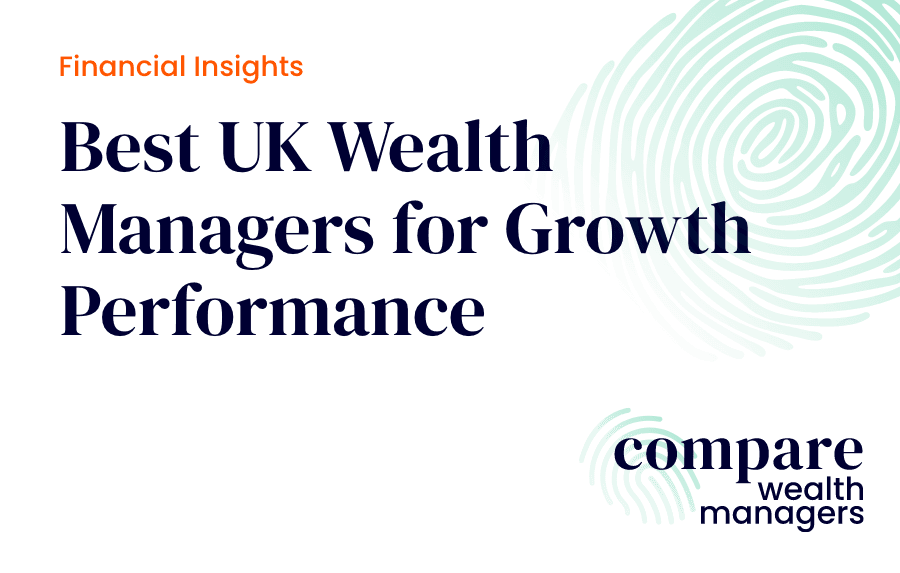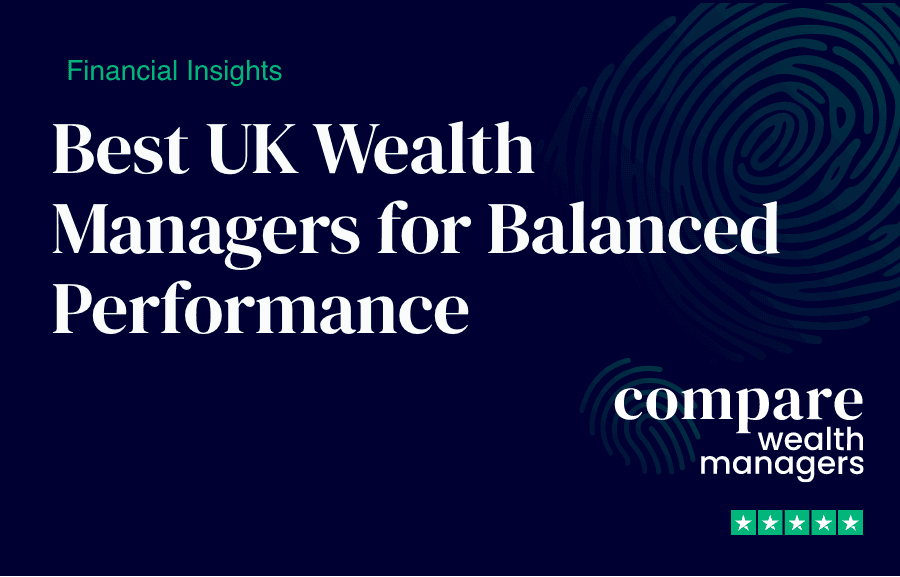Contents
Key Takeaways
Unlock tailored private equity strategies – From buyouts and growth equity to secondaries and distressed deals, each offers unique routes to capture returns and manage risk.
Generate reliable income through private credit – Direct lending, mezzanine debt, and asset-backed lending deliver higher yields and diversification compared to public bonds.
Use venture capital selectively – High-growth potential comes with high volatility, long lock-ups, and high failure rates, making VC suitable only for experienced, risk-tolerant investors.
Protect wealth with real assets – Core real estate, infrastructure, renewables, and natural resources provide stable income, inflation protection, and long-term capital growth.
Balance opportunity with complexity – While private markets can enhance growth and diversification, illiquidity, fees, and opaque valuations demand disciplined oversight.
Private markets are attracting a growing share of capital from private investors, and for good reason. As interest in alternative investments continues to rise, many individuals are moving beyond broad terms like “private equity” or “private credit” to understand the full range of opportunities available, and how they might realistically fit into a diversified portfolio [1].
This article provides a deeper look into the private markets landscape, breaking down the key asset classes, common investment structures, and the practical considerations investors need to be aware of [2]. In this guide, we’ll cover:
- Private equity – strategies including buyouts, growth, secondaries, and co-investments.
- Private credit – direct lending, special situations, asset-backed lending, and more.
- Real assets – infrastructure, real estate, and natural resources
- Venture capital – early-stage investing, risk/reward dynamics, and access routes.
Whether you're evaluating your first private market allocation or looking to expand your exposure across asset classes, this guide will help you build a more informed foundation.
Why Are Private Markets Growing in Popularity Among Investors?
- Rising allocations by institutions and wealth managers.
- Opportunities for diversification and higher returns.
- Long-term income streams and inflation protection.
What Are Private Markets in Simple Terms?
Private markets are investments in assets not traded on public exchanges, such as private equity, private credit, infrastructure, and venture capital. They offer investors opportunities for diversification, long-term growth, and income, but usually involve illiquid assets, longer lock-up periods, and higher complexity compared to public market investments.
What Are the Different Types of Private Equity?
1. Buyouts / Leveraged Buyouts (LBOs)
Buyouts remain the largest segment of the private equity market, accounting for a large part of private market funds. General partners acquire controlling stakes in private companies, often mature businesses with stable annual revenues, while limited partners provide most of the capital. By using leverage, managers aim to enhance value creation, improve operations, and generate long-term growth. Although these strategies carry greater risk than public companies, the illiquidity premium can reward investors with higher returns.
2. Growth Equity
Growth equity strategies target private companies beyond the start-up stage but still in need of capital to expand products, enter new markets, or finance acquisitions. Unlike buyouts, they rely less on debt and focus more on sustainable cash flow and value of the investment. These strategies suit individual investors and institutions seeking exposure to businesses with proven models but significant growth potential.
3. Secondary Private Equity
The secondaries market has grown rapidly in recent years. Investors purchase existing interests in private market funds or portfolio companies, often at discounts to net asset value. This reduces blind-pool risk and shortens the time to liquidity. Both institutional and private investors increasingly use secondaries to rebalance asset allocation or manage market conditions.
4. Fund-of-Funds
Fund-of-funds allocate across multiple private equity managers, geographies, and vintages. While this structure offers diversification and professional manager selection, it comes with higher fees and long lock-up periods. They are a useful way to gain access to specialist general partners but may not always maximise the value of investments due to fee layering.
5. Distressed and Special Situations
This segment focuses on companies under financial stress. Investors may buy equity or a form of private debt at steep discounts during a financial crisis or market downturn. Successful turnarounds can deliver high potential returns, but strategies require expertise in restructuring, operational improvement, and legal processes. These are best suited to experienced private equity investors who can tolerate greater risk and recognise the potential investment opportunities that distressed cycles create.
To explore each of these strategies in more detail, including real examples and how private clients can access them, read our in-depth guide: [How Can You Invest in Private Equity via a Wealth Manager?}
Private Credit: Income and Resilience
Private credit has grown into one of the fastest-expanding areas of private markets, offering investors predictable yields and diversification away from public bonds [3]. What are the different types of private credit?
1. Direct Lending
Direct lending is the largest form of private debt and an increasingly important source of income for investors. Credit funds provide senior secured loans to private companies, bypassing banks. These loans are often floating rate, helping protect against rising interest rates and inflation. For investors, direct lending offers predictable cash flow, lower correlation with equity markets, and attractive potential returns, with income streams typically delivered on an ongoing basis
2. Mezzanine and Subordinated Debt
Mezzanine debt sits below senior loans in the capital stack but above equity, offering higher yields in exchange for higher risk, making it one of the more specialist forms of debt investments. Often used in buyouts and growth financing, it may include warrants or conversion features. These instruments provide long-term investors with income and potential upside through equity participation.
3. Asset-Based Lending (ABL)
Asset-based lending provides credit secured against infrastructure assets, real estate, receivables, or inventories, giving investors alternative sources of income beyond traditional bonds or bank lending. This form of private debt is attractive during volatile market conditions because collateral coverage is strong. ABL has become a key segment for private debt investors seeking to diversify across illiquid assets while still targeting steady cash flows.
4. Special Situations / Opportunistic Credit
Special situations credit focuses on companies facing stress or dislocation. Funds may provide rescue financing, bridge loans, or post-restructuring capital. While riskier than other private credit strategies, they can capture an illiquidity premium and deliver strong value creation during periods of global financial crisis or economic downturns.
Real Assets: Tangible Income and Inflation Protection
1. Core Real Estate
Core real estate involves long-term investments in stabilised commercial property such as offices, logistics centres, and residential buildings. These assets generate steady rental income and support portfolio diversification. Access is often via listed REITs, evergreen funds, or Long-Term Asset Funds (LTAFs), making them available to individual investors as well as institutions.
2. Infrastructure Equity
Infrastructure investments include equity stakes in essential assets such as utilities, data centres, and transport networks, typically overseen by specialist investment managers with deep sector expertise. Infrastructure assets often deliver inflation-linked cash flow backed by government contracts. The United States and Europe continue to lead global fundraising for infrastructure investments, making them a core part of institutional and sovereign wealth fund portfolios [4].
3. Value-Add and Opportunistic Real Estate
These strategies target properties requiring redevelopment, repositioning, or operational upgrades. While carrying greater risk than core real estate, they offer higher potential returns through capital appreciation. Value-add strategies can unlock value of the investment by improving efficiency, while opportunistic real estate is more speculative, often targeting distressed or development-stage assets.
4. Renewable Energy and Energy Transition Assets
Renewable infrastructure investments, including wind, solar, and battery storage, are expanding rapidly, supported by global demand and long-term investment strategies focused on sustainable growth. These assets generate stable long-term income through power purchase agreements. With global demand for clean energy and ESG integration, renewable strategies are increasingly part of private investments and attract capital from both general partners and individual investors [5].
5. Natural Resources
Timberland, farmland, and mining assets provide diversification and inflation protection. While highly illiquid, they deliver value over the long term through biological growth, commodity demand, and capital appreciation. Natural resource funds are typically closed-ended, targeting institutional and high-net-worth private investors with long investment horizons.
To explore the full spectrum of real asset strategies, from infrastructure and real estate to energy and natural resources, including examples and how private clients can access them, read our guide: [How Can You Invest in Real Assets via a Wealth Manager?].
Venture Capital: High Risk, Targeted Exposure
Venture capital provides financing to early-stage private companies, representing one of the riskiest but potentially rewarding types of investment within private capital. It offers the possibility of outsized potential returns but carries significant greater risk, illiquidity, and binary outcomes. Most investment managers restrict venture capital to a small allocation within a diversified portfolio. In the United Kingdom, access often comes through Venture Capital Trusts (VCTs) or Enterprise Investment Schemes (EIS), which provide tax relief but are not substitutes for global private investments [6].
In practice, most wealth managers do not include traditional venture capital in core portfolios, due to its long lock-up periods, binary outcomes, and lack of transparency. Instead, exposure tends to come through Venture Capital Trusts (VCTs), a UK-specific, listed wrapper offering tax advantages rather than true private market access. VCTs are typically used as an inheritance tax and income tax planning tool, not as a strategic allocation within a diversified investment portfolio.
Where clients do access venture more directly, it is usually via:
- Syndicated early-stage deals (often through angel networks or accelerators)
- Co-investments curated by family offices or specialist platforms
- Tax-advantaged schemes like the Enterprise Investment Scheme (EIS)
Given the high risk and specialist nature of venture investing, it is best suited to sophisticated investors with a high tolerance for volatility and a long investment horizon.
What Trends Are Shaping Global Private Markets Right Now?
Global private markets are being reshaped by record fundraising in private debt and infrastructure investments, rising allocations to ESG strategies, and increased demand from individual investors. According to Preqin, total assets under management in alternatives exceeded $13 trillion in 2023. These market conditions reflect investors seeking diversification, inflation protection, and value creation.
Why Private Markets Are Becoming Core to Investor Portfolios
Private markets are no longer the exclusive domain of institutions. With growing investor demand, private market assets are playing a large part in asset allocation for wealth managers and individual investors. From private equity and private debt to infrastructure assets and renewable investments, these strategies provide alternative sources of return beyond public market investments.
That said, private investments come with complexity, illiquidity, and greater risk. Understanding the value of investments, market conditions, and structures such as private market funds or direct investment is critical. With careful advisory support and a focus on long-term strategies, private assets can enhance an overall portfolio and deliver resilient outcomes.
To go deeper into each category, explore our focused guides on private equity, private credit, real assets, and venture capital, or speak with your wealth manager about what might be right for you.





